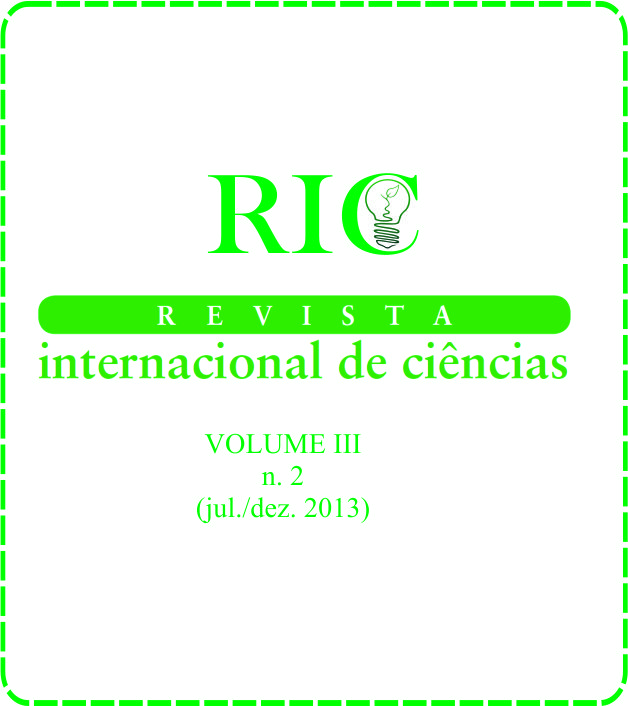THE SECURITY, ENVIRONMENT AND HEALTH POLICY DEFINED FROM AN INITIAL CRITICAL ANALYSIS AND UNFOLDED INTO OBJECTIVES, GOALS AND PROGRAMS: PRACTICAL USAGE AT ONE GAS COMPANY
DOI:
https://doi.org/10.12957/ric.2013.8184Resumo
The establishment of a Security, Environment and Health (SMS) Policy as intent letter of the organization, expressing its global objectives and the commitment to improve the SMS performance based on an initial critical analysis allows knowing in which situation the organization is relating to SMS issues, besides to be the first phase for a management system implementation. For this work, a survey based on the five basic principles of the management system in charge of the continuous enhance, or the cycle Plan-Do-Check-Act (PDCA) corresponding to the requirements of ISO 14001:2004, ISO 14004:2005, OSHAS 18001:2007, specifications of BS 880:1996 and the integration structure of PAS 99:2006 was applied. The initial critical analysis provided decisive information, causing a self-assessment, for defining the SMS policy and the leading guidelines. When established, this SMS policy may be unfolded into objectives, goals and programs, as well as a preview of a strategic adoption of a management system which provides a systemic process so that the company reaches the continuous improvement in its SMS global performance.
DOI 10.12957/ric.2013.8184
Downloads
Publicado
2013-12-04
Como Citar
Silva, L. M. D., Cavalcanti, Y. T., Lins, G. A., Cunha, R. R. R. S. B., Rodrigues, M. G., & de Almeida, J. R. (2013). THE SECURITY, ENVIRONMENT AND HEALTH POLICY DEFINED FROM AN INITIAL CRITICAL ANALYSIS AND UNFOLDED INTO OBJECTIVES, GOALS AND PROGRAMS: PRACTICAL USAGE AT ONE GAS COMPANY. Revista Internacional De Ciências, 3(2), 57–72. https://doi.org/10.12957/ric.2013.8184
Edição
Seção
Artigos
Licença
Os Direitos Autorais dos artigos publicados na revista Revista Internacional de Ciências pertencem ao(s) seu(s) respectivo(s) autor(es), com os direitos de primeira publicação cedidos à RIC.
Os artigos publicados são de acesso público, de uso gratuito, com atribuição de autoria obrigatória, para aplicações de finalidade educacional, de pesquisa de acordo com o modelo de licenciamento Creative Commons 4.0 adotado pela revista.
A Revista Internacional de Ciências utiliza uma Licença Creative Commons Atribuição 4.0 Internacional.



